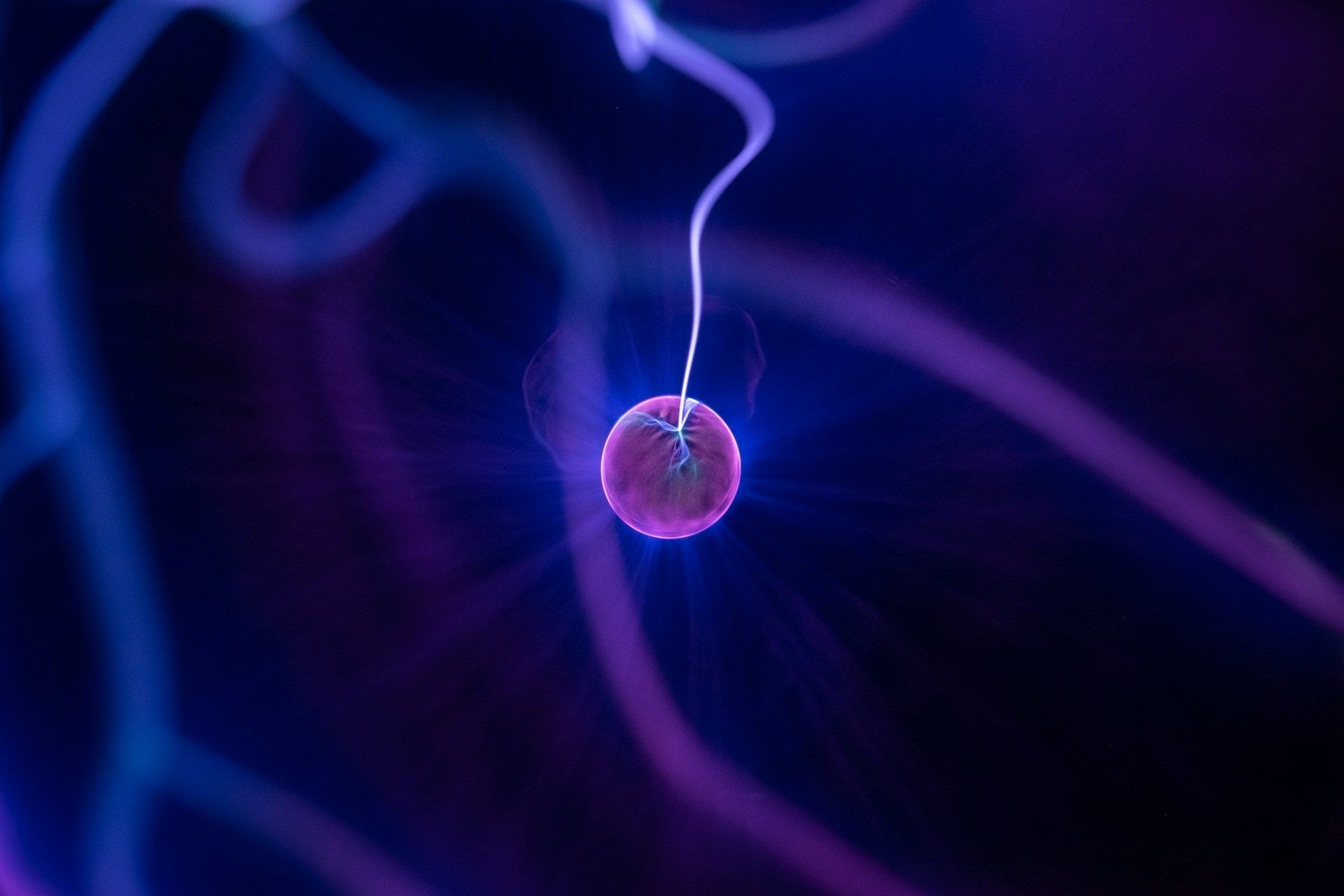Stanford University Develops Advanced Liquid Battery Technology for Energy Storage
Stanford University is developing a liquid battery designed to store energy for the power grid. The team is focusing on creating new catalytic systems to produce isopropanol, aiming to optimize storage methods for liquid fuels.
Robert Waymouth leads a team at Stanford working on Liquid Organic Hydrogen Carriers (LOHCs) to store renewable energy. While hydrogen itself is not a new fuel or energy source, the challenge lies in its storage and transportation.
The Potential of Liquid Battery Technology
Currently, lithium-ion technologies are used to store electricity for the power grid, as well as for smartphone and electric vehicle batteries. However, the extensive need for energy storage drives scientists to seek supplementary systems.
LOHCs present a highly promising solution. These systems use catalysts and high temperatures to store and release hydrogen. The goal is for LOHCs to return stored energy on a large scale as usable fuel or electricity.
“We are developing a new strategy for the selective conversion and long-term storage of electrical energy in liquid fuels,” says Waymouth. “We have also discovered a novel selective catalytic system for storing electrical energy in a liquid fuel without producing gaseous hydrogen.”
Crucial Research at Stanford
Waymouth’s team also investigates isopropanol as a component of hydrogen energy storage and release systems. However, producing isopropanol typically results in hydrogen gas, which is undesirable for this process, as Waymouth explains.
Therefore, the researchers are exploring a method to produce isopropanol directly from protons and electrons. Daniel Marron, the study’s lead author, developed a special catalyst system that combines two protons and two electrons with acetone, selectively obtaining LOHC-isopropanol without generating hydrogen gas.
A particularly valuable element in this process is cobaltocene. This relatively inexpensive organometallic compound has proven to be an efficient co-catalyst in the reaction, as it directly donates protons and electrons to the iridium catalyst without releasing hydrogen gas.


